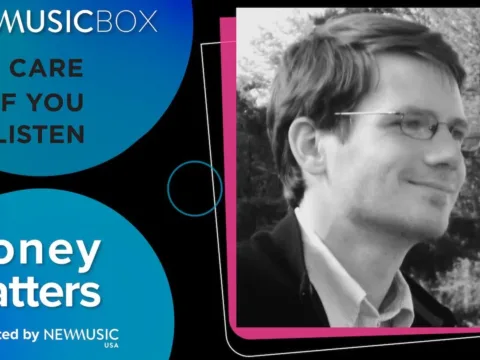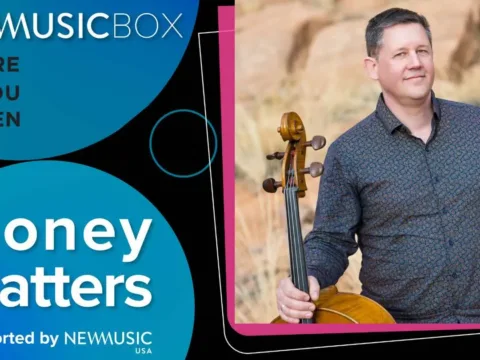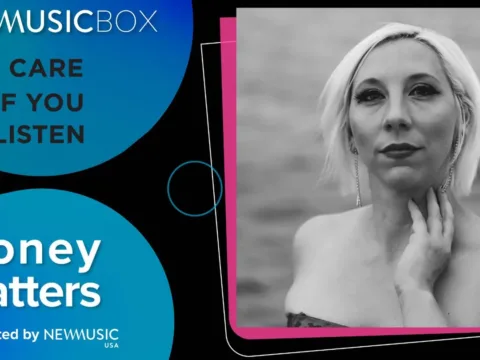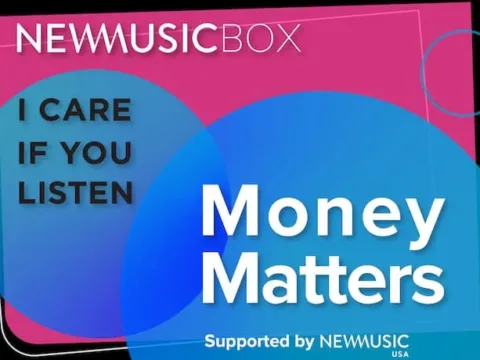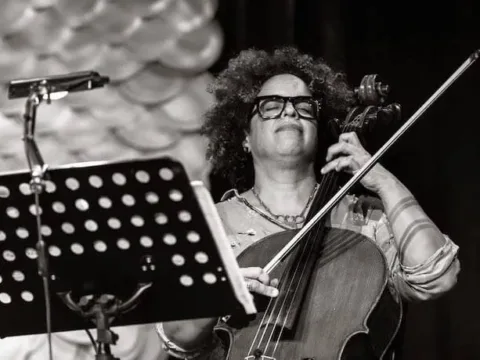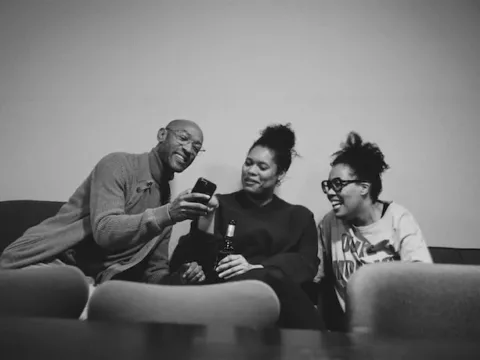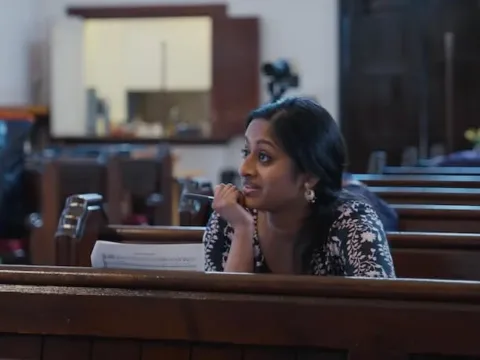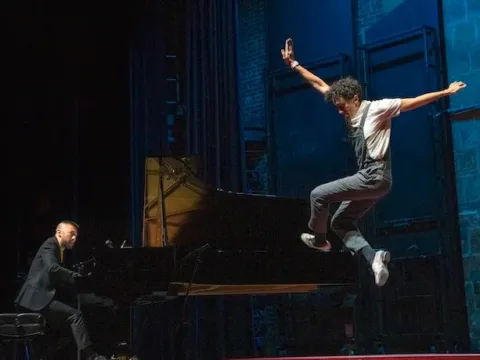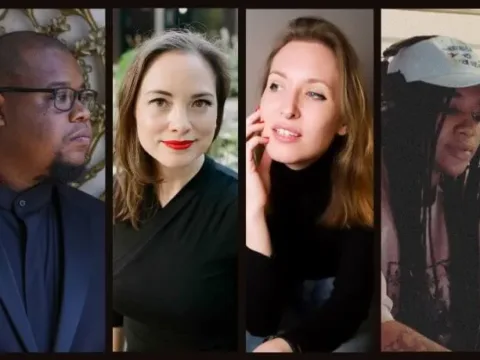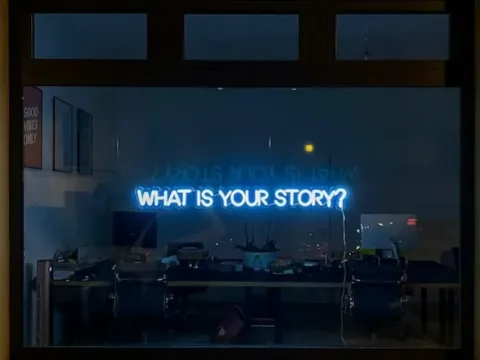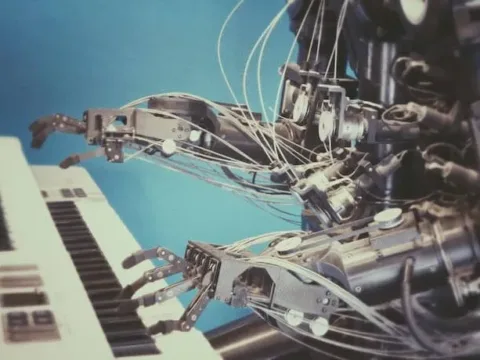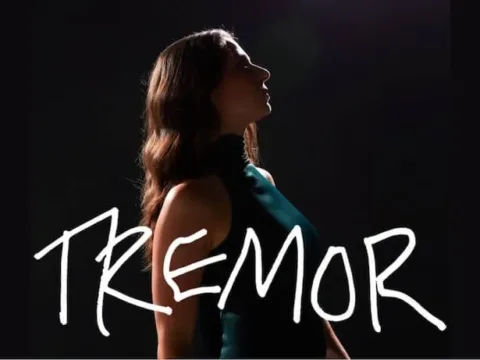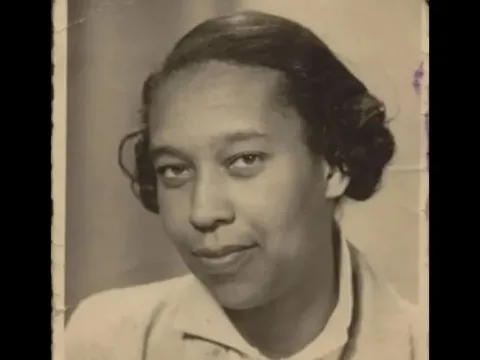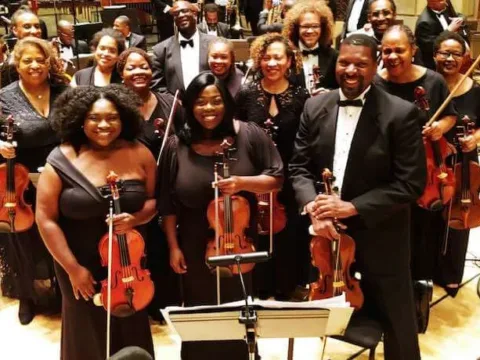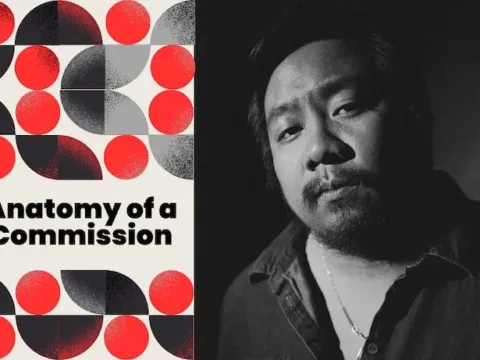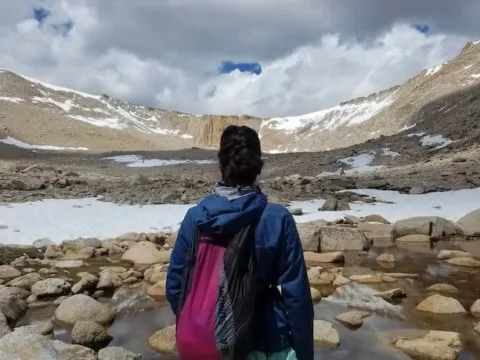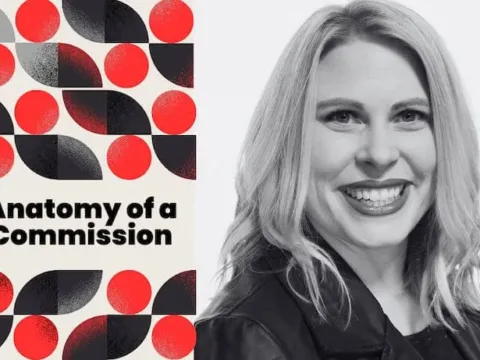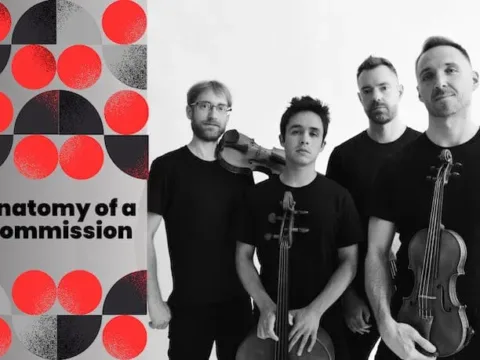For better or worse, video content has become the number one way to satisfy algorithms and encourage people to engage with your work through digital platforms. The importance of video became especially clear to musicians during the pandemic when venues were shuttered and the only way to reach people was online. Video was the main outlet for artistic expression, and people started predominantly using this medium. During this time, I noticed people’s attitudes towards both social and visual media shifting.
That said, the pandemic also created a culture of being constantly online. Sugar Vendil’s article “Am I Going to Kill my Career if I’m Not on Social Media Anymore?” particularly resonated with me a couple of years ago when it came out. As the mother of a young child, daughter of senior parents, and a full-time freelance composer, I have limited time for making videos for all the world to see. But with more people being open to the idea of creating video content – whether it be refined music videos produced by a videographer, or quick and casual videos shot on a smartphone – it’s worth examining the pros and cons.
Let’s start with the obvious cons to producing high quality music videos for your work: time and money. The time spent creating a music video yourself and editing it properly is a big factor that prevents musicians from taking on this laborious process. You can invest long hours in a project trying to get it perfect – often at the expense of practicing or writing – and it can sometimes be difficult to find the balance needed to ensure that your career or creativity is not being compromised or sacrificed.
To solve the issue of time, you can outsource video production, but this can pose quite a stretch for a freelance musician’s budget. When I know I want a music video to be part of a project, I frequently try to work funding for it into the commission and hire a videographer to create a more refined product that is part of my artistic vision. If my collaborators and I feel that video is worth the investment artistically, we build it into our budget from day one rather than something that is tacked on at the end.
For example, I worked with San Francisco-based videographer Matt Carr on two short videos that were commissioned by Ensemble For These Times. The two videos were each about three minutes long and cost $1,000 total, just to give people a sense of pricing. Ensemble For These Times and I debated whether or not to include video production in our budget, and in the end, it was a beautiful outcome; the video brings to life my vision of the piece, along with the elegance of percussionist Haruka Fujii’s playing.
If you decide to hire a professional videographer, Matt has a few pointers on how to choose the right one for your project. He says, “First, in looking at their past work, you should determine if their work generally matches your preferences. There are technical details related to how they use cameras and lighting as tools, and there are more artistic or concept-based elements to consider, as well. Second, having your videographer be a musician can be an important factor, especially when it comes to editing. Someone who has a deep knowledge of the instruments and music being performed will inevitably be more keen on what is happening and will avoid anything visually that doesn’t match well with the music. Lastly, there is always a personality component with any collaboration. Choosing someone who is easy to work with and makes you feel comfortable in what can be a stressful environment is always a plus.”
High quality music videos can be a powerful medium that act as an extension of your artistic vision. They’re like a 21st century business card, and can give presenters, commissioners, and organizations an immediate sense of your work.
Matt also had some insight on how videographers determine the cost of each project. “I calculate costs related to making a music video by first getting a sense of the artist’s vision and the piece being recorded. This will inform me of what will be required on my end to bring that vision to a reality. Beyond that, the other components of the decision are made more on technical details, such as how long the composition is, if there is travel involved, how big the setup/ensemble is, and if there are any general budgeting constraints.”
If artists are able to solve the issues of time and money, high quality music videos can be a powerful medium that act as an extension of your artistic vision. They’re like a 21st century business card, and can give presenters, commissioners, and organizations an immediate sense of your work. More often than not, people respond to the immediacy of a visual aspect, even if music creation is an aural art form.
One of the most successful music video projects I have seen recently is Sandbox Percussion’s Seven Pillars, an audio-visual album created in collaboration with composer Andy Akiho. With a crash course in recording and editing, Sandbox released the album during the pandemic. They produced and recorded the music themselves, then commissioned 11 filmmakers to make music videos for each movement. According to ensemble member Victor Caccese, the videos became a valuable tool “for promoting new pieces, projects, and also promoting upcoming events and concerts.”
Music videos can also encourage long-distance collaborations. Sandbox and I collaborated on our first music video during the pandemic with an international project titled (Un)Wandering Souls. The project also featured filmmaker Rithy Panh, Cambodian Living Arts, and Metropolis Ensemble as a liaison and co-commissioner. The video aspect was what connected us since we all were in different parts of the world – the U.S., France, and Cambodia. Such a collaboration would have not been possible if not for the video format, and this undertaking led to many wonderful future projects that stemmed from our connection with this short, two-minute video during the height of the shutdown.
Despite the significant benefits to music videos produced by professional filmmakers, the time and cost still ultimately prevent many musicians from being able to include this in their projects. So some musicians have been taking to social media and thinking about video content in a different way. When I recently spoke with Victor Caccese of Sandbox Percussion, we also talked about his experiences with creating video content for social media. Like many other performers and musicians, he said his interest in posting videos online blossomed during the pandemic when he could no longer give live concerts. At first, he was just making content for fun, but this gradually shifted to something he started doing more seriously and regularly.
As a freelance composer, I personally have to put a cap on the time I spend releasing content, and social media in general. There is a fair amount of discipline on my part to limit my time on social media, as I know that once I start scrolling through the posts, what originally was intended to take 15 minutes quickly becomes a time zapper of one hour plus. There’s also the innate pressure to be constantly releasing videos and posts, which can be overwhelming. I try not to worry about the pressure of releasing content and try to go with the flow of my creative juices. But I certainly do not consider myself to be a content creator because I don’t necessarily feel compelled to constantly churn out material – that idea doesn’t appeal to me.
By contrast, Victor has come to view making videos as part of his day-to-day artistic life. For one to two weeks each month, he is in the video creation mindset. He said, “For me, it’s something I enjoy doing. You shouldn’t do it if you really don’t like doing it! It IS a bunch of work and you need to put the time in. I like the aspect of taking the work of art that is music and creating another work of art, even if it’s just an Instagram reel. I like to see how those two things can be paired together and appreciated for their creation. That paired with the engagement we get off these videos are major reasons to continue, and if it inspires others to continue, great!”
Victor and Sandbox Percussion love being able to pull back the curtain and share their content and the day-to-day work. And Victor stresses it doesn’t have to be a daunting task – you can start simply, and you don’t have to get all the fancy equipment. Technology is so good these days, you can absolutely use cellphones to capture video and audio, and work with angles and cuts that will enhance the composition’s musicality.
At the end of the day, music videos and visual content can be tools to extend your creativity, but you don’t necessarily need to be beholden to that medium to advance your career. That said, I believe the investment – whether it be the financial investment of hiring a videographer, or the time investment of creating your own videos for social media – is worth it if the end result is a product that is made with integrity and supports your creative process.
This article is part of ACF’s digital media expansion to empower artists, made possible by funding from the John S. and James L. Knight Foundation. Learn more at kf.org and follow @knightfdn on social media.
I CARE IF YOU LISTEN is an editorially-independent program of the American Composers Forum, and is made possible thanks to generous donor and institutional support. Opinions expressed are solely those of the author and may not represent the views of ICIYL or ACF.
You can support the work of ICIYL with a tax-deductible gift to ACF. For more on ACF, visit the “At ACF” section or composersforum.org.

